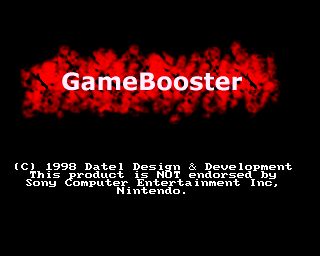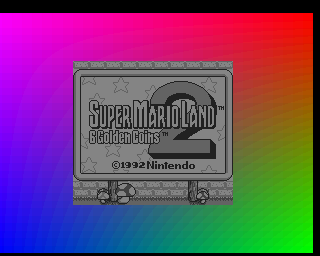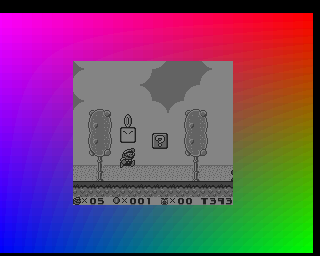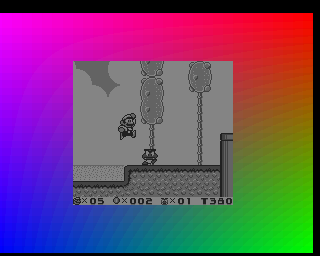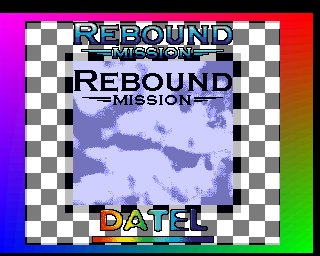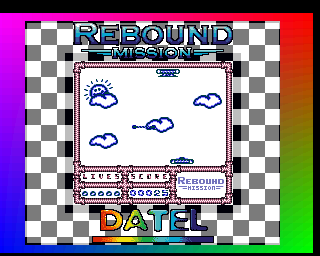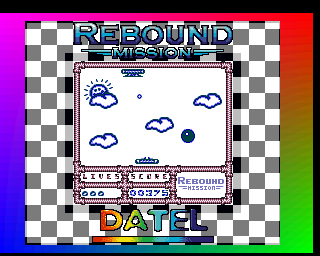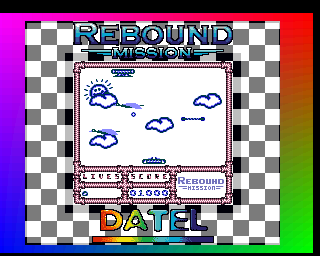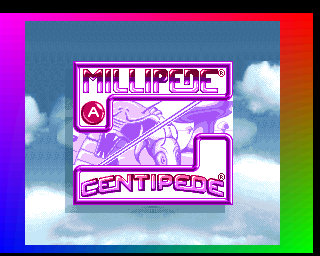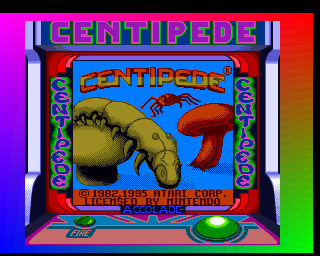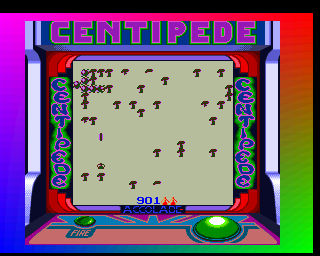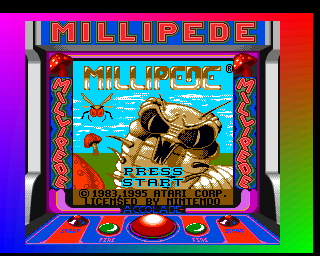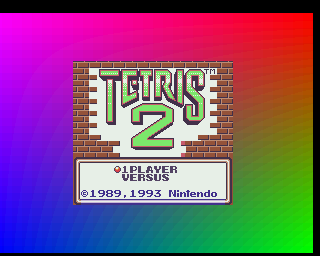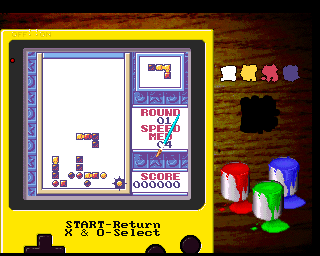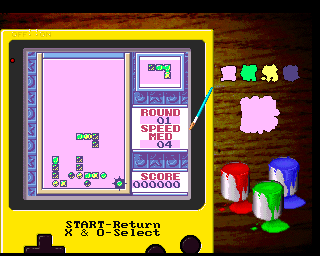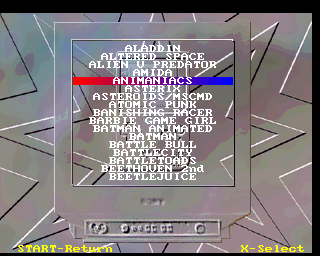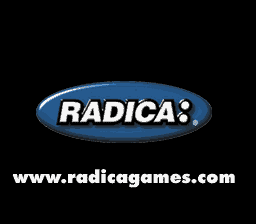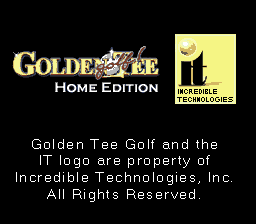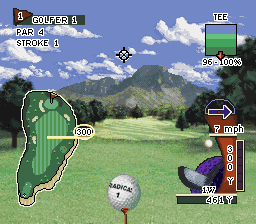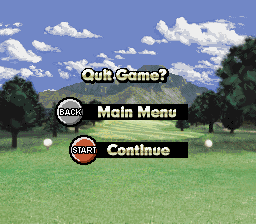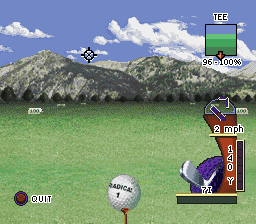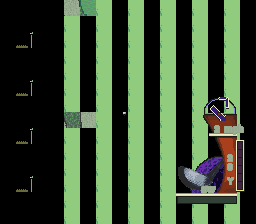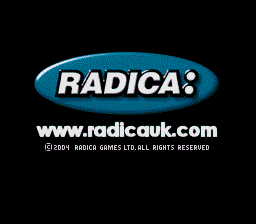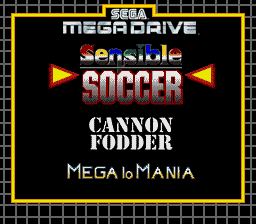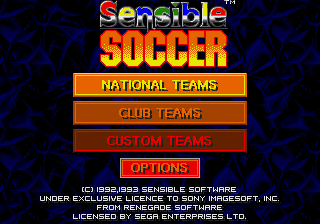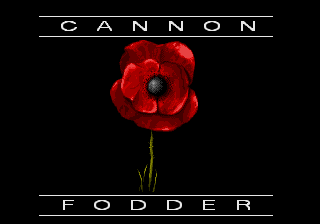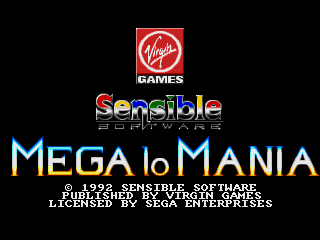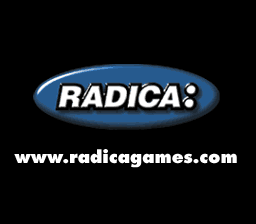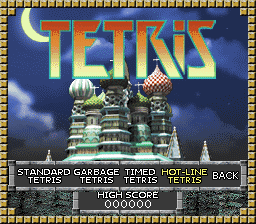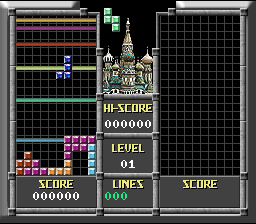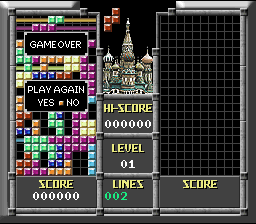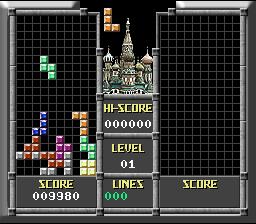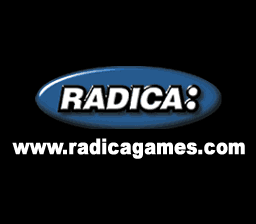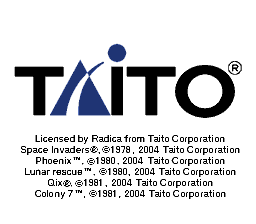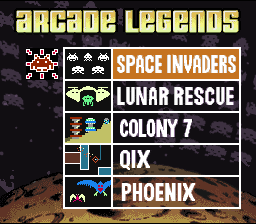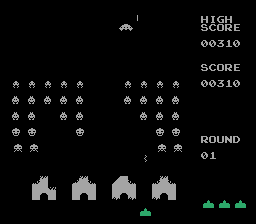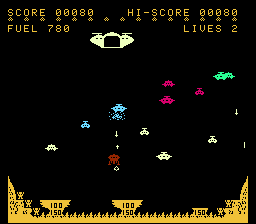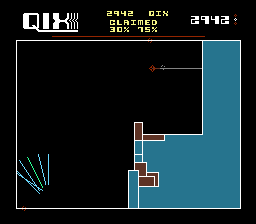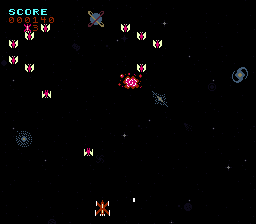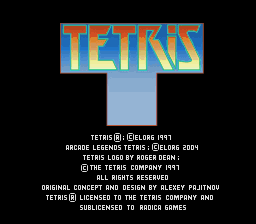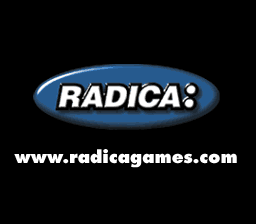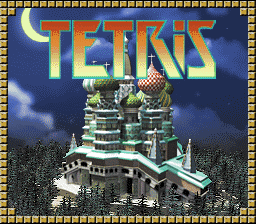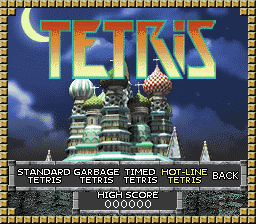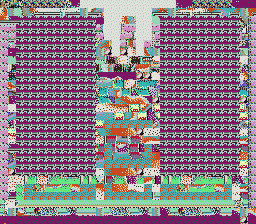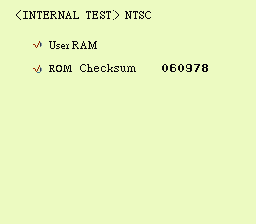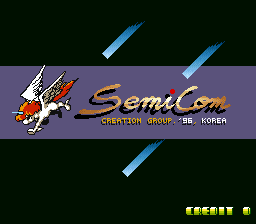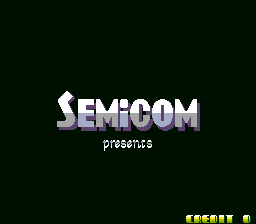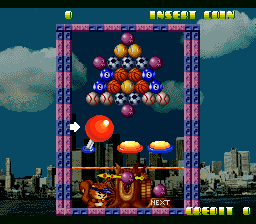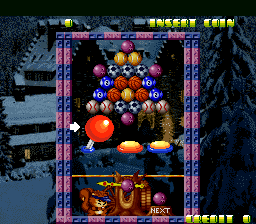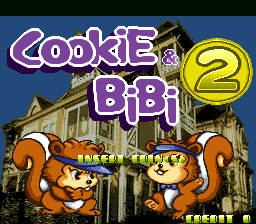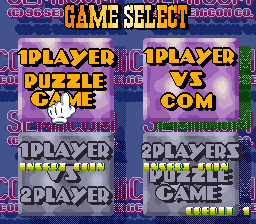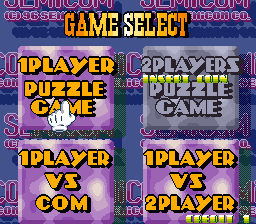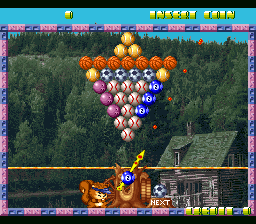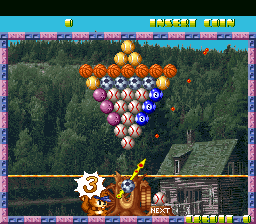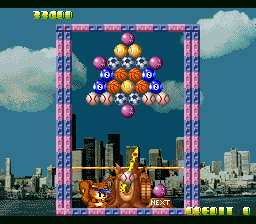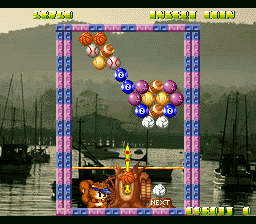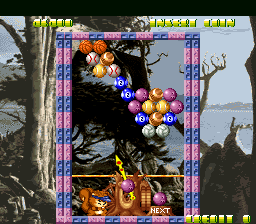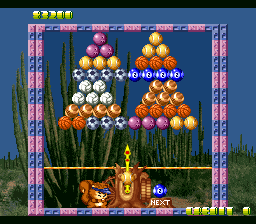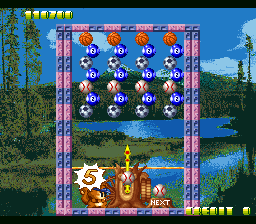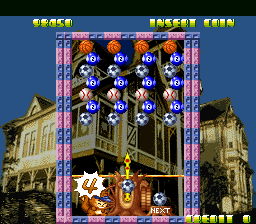So.. FarSight Studios again
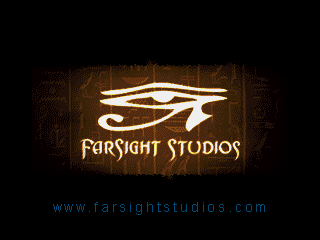
Was my guess of this latest dump being on the same hardware as Golden Tee Home Edition correct?
No, it wasn’t.
This one had a Sunplus QL8041C die and runs in the driver MAME calls ‘vii.cpp’ (which is still fairly preliminary, and lacks sound, but was good enough for this to run it seems)
What is it? Radica’s Connectv Skateboarder (if you’re in a PAL region) or PlayTV Skateboarder (if you’re in an NTSC region) Why the branding difference I don’t know, but that’s what they did. The ROM was dumped from an NTSC unit, but the region is just an IO port register. PAL offers a selection of languages. NTSC offers English or Spanish.

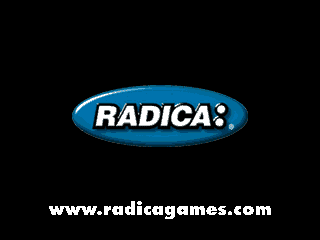
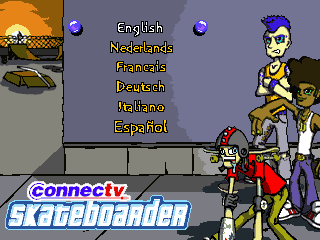
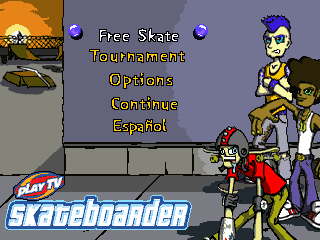
Let’s start with the most important page on the whole thing, the ‘tricks’ pages. There’s no point in even trying to play this if you don’t know them.
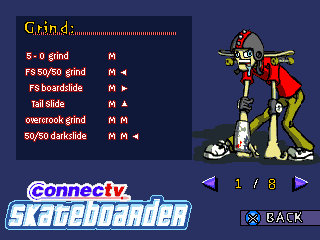
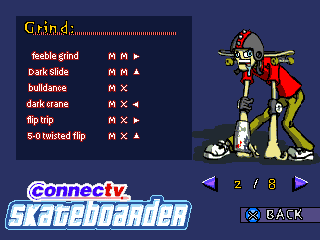
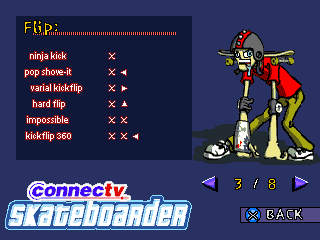
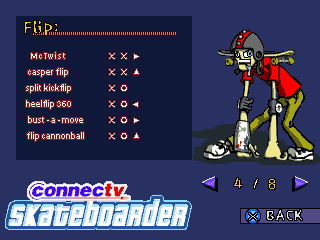

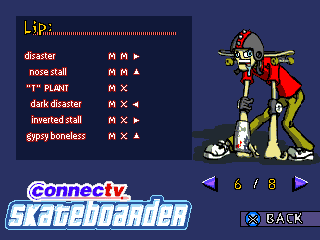
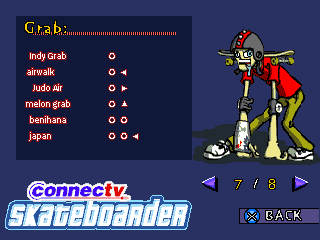
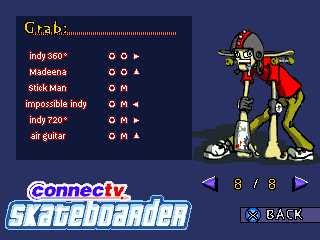
So they’re all one of more of the 3 buttons (M, X, and O) and a direction. Strangely enough never ‘Down’ even if there is a Down input because you need it during the menus for jumping.
The buttons are on a little controller you hold in your hand, the directions are achieved by leaning slightly to the side on a model Skateboard. Yes, it’s one of THOSE games.
There seem to be 2 levels of left / right input, a very slight one, used for incremental turns and menu control, and a full on lean that turns you quickly. I’m not entirely sure how best to map those in MAME since I’d be pushed to call it an analog input, so as things stand the ‘full’ turn inputs are presented as extra buttons. I don’t think there are 2 levels of input for the up/down control, it just seems to be digital.
Gameplay, it’s 2D, overhead-ish, I guess you’d say a bird’s-eye view. You’re always moving up the screen or to the side, never down the screen, so if you go past something you’re not getting back to it. Feels a bit odd if you’re expecting something like Tony Hawk’s or even 720 degrees where you have full roam of a skate park. There are various obstacles littering the park, you can do the tricks above on them, as long as you’ve remembered them.
There’s one park to choose at the start, and 3 characters.
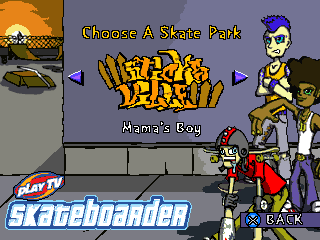
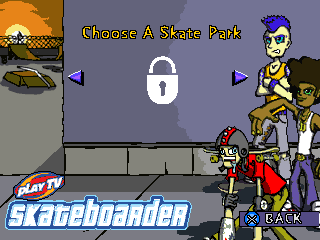

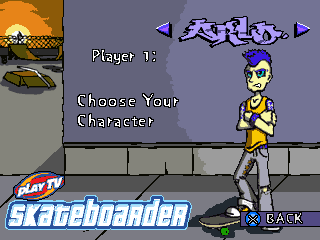
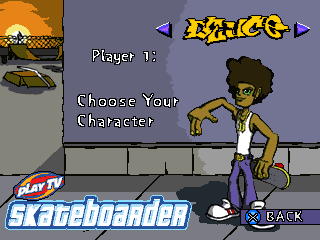
I believe you have to play Tournament mode to unlock the 2nd park. The game has a password save option. There’s also ‘Free Skate’ if you just want to goof around, otherwise it acts like you’d expect, there’s a timer, you get points for the tricks you do, assuming you land them without messing up, and presumably there’s a target score of some kind to beat. Not much else to it.
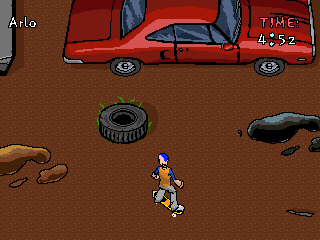

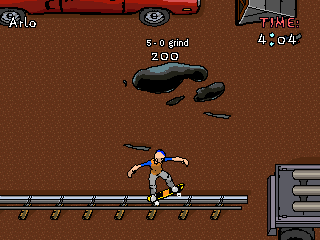
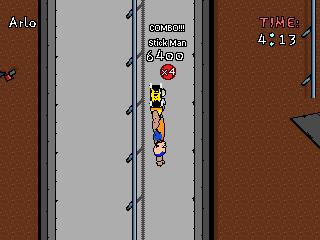
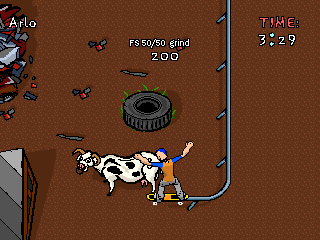
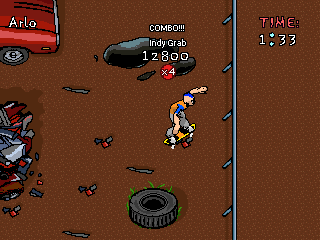
I can’t comment on the sound, as there’s no sound emulation. Obviously the main gimmick of this thing is that it had the board controller, and it’s a TV game, so even if it’s from 2006 it isn’t going to look like something from that period, but I think the art captures the intended style / theme in a decent enough way.
Thanks again goes to Sean Riddle for dumping this.
*edit* Played it a bit, it seems mostly working. There are 3 Skate Park designs, although the game is kinda ‘cheap’ in that it reuses each one twice, so Park 1 and Park 2 are the same etc. just different difficulties.
Here are all the passwords. The final code lets you use all the staff as characters, which is kinda pointless but a nice touch I guess.
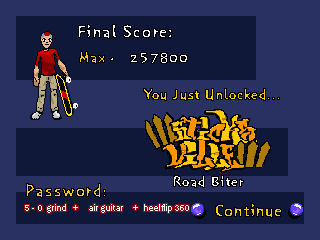
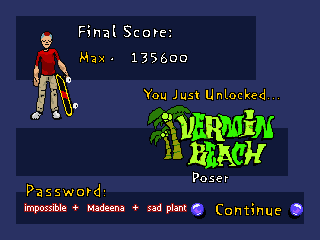
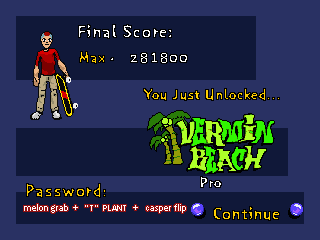
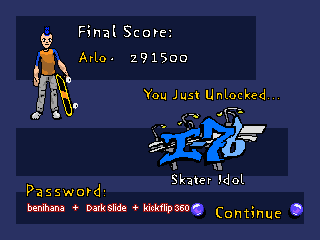
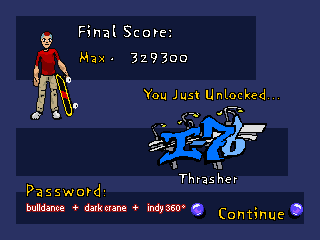
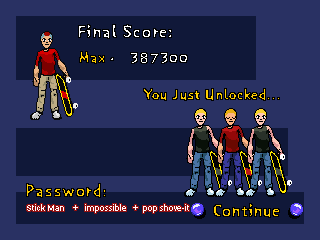
Here are some screenshots of the other designs those unlock
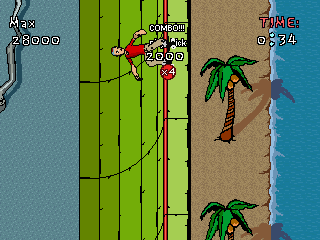
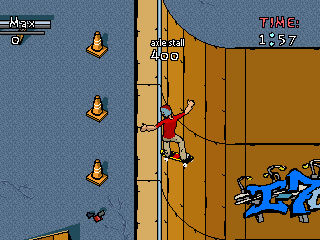
The results pages have some graphical glitches, although a number of the other games in the same driver do, not sure if it’s a video emulation bug or a CPU core bug giving bad data to the video hardware. The ROM is confirmed as a good dump.
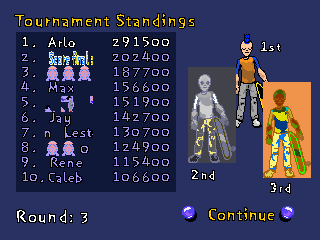
It’s a bit easy to play when you can just mash the buttons on a keyboard compared to the original device.
